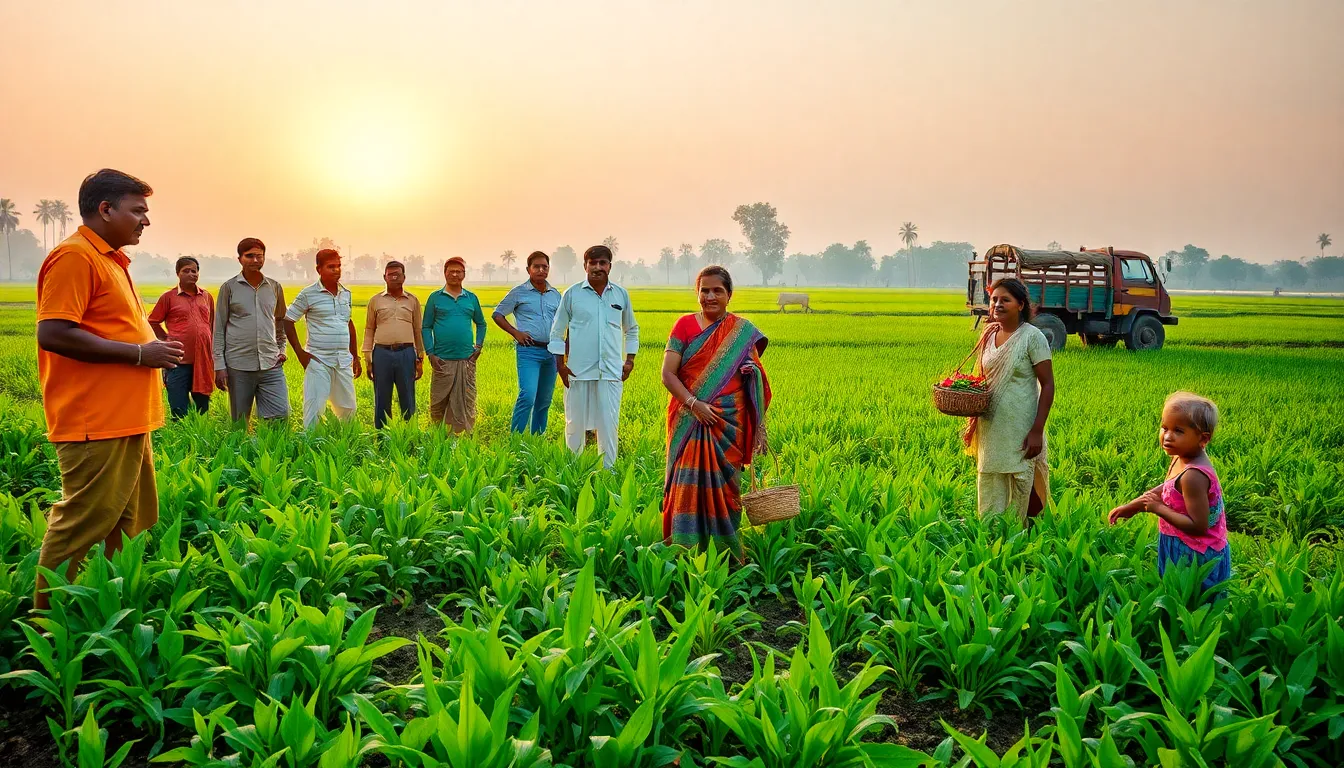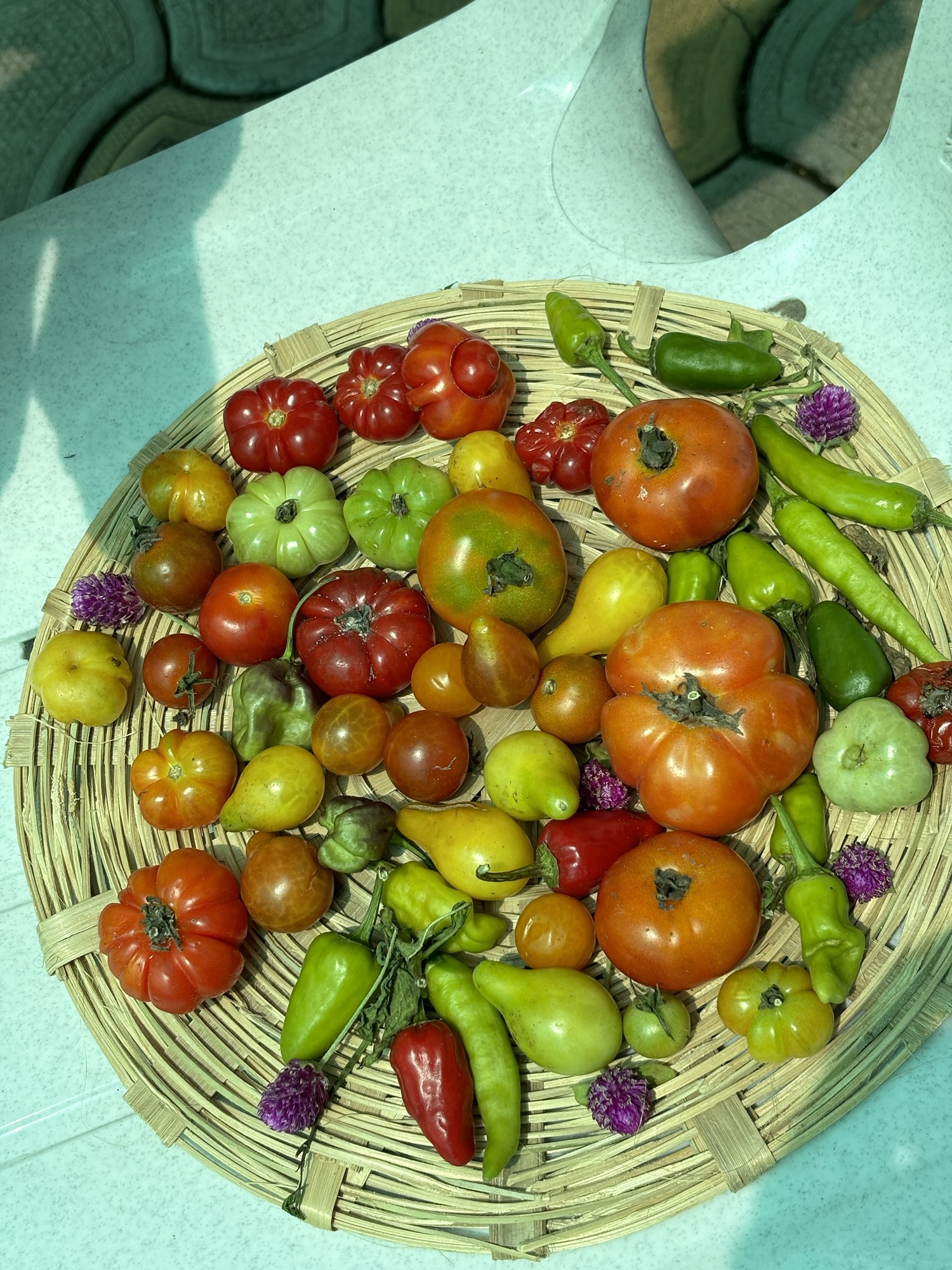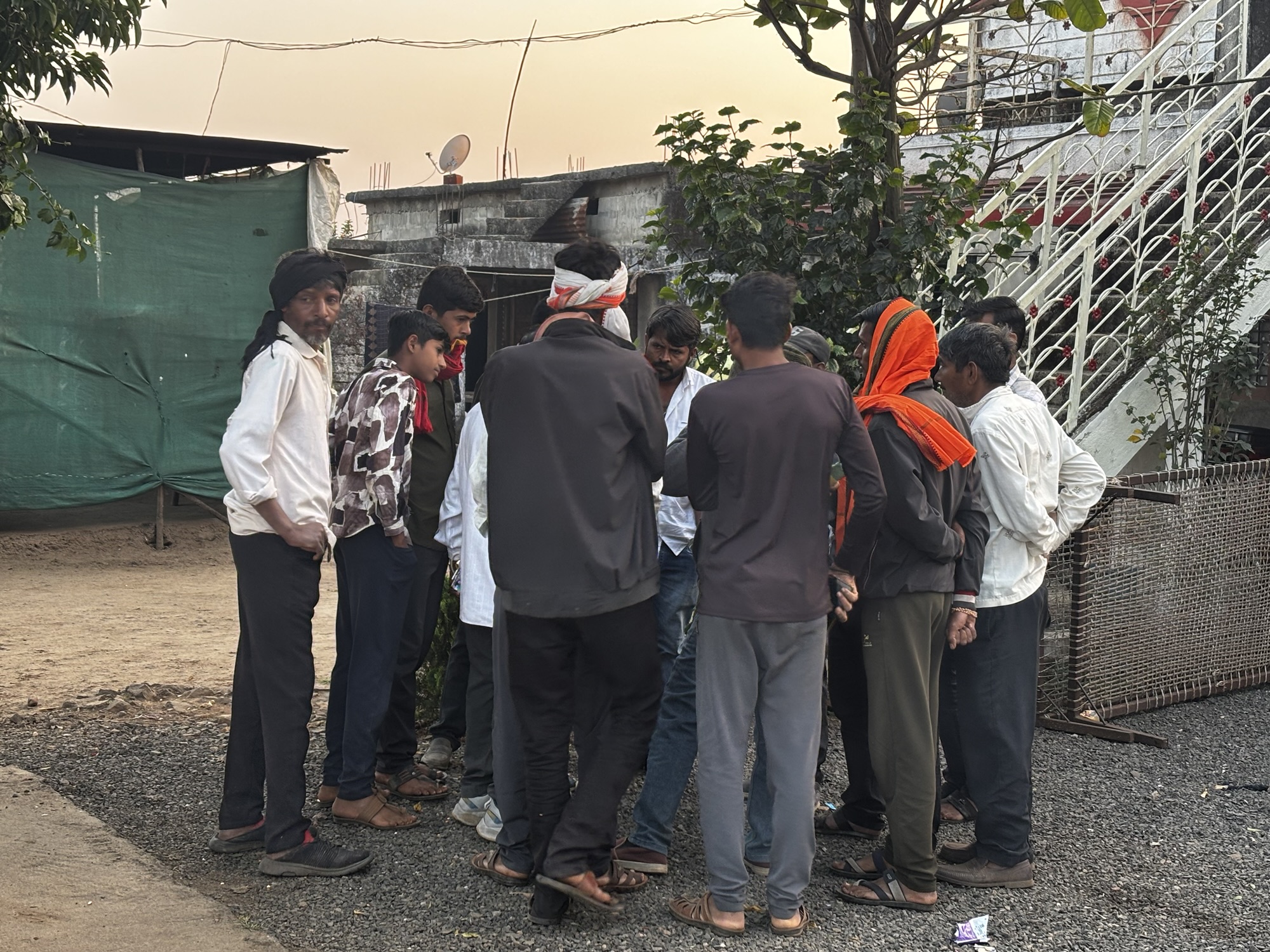As India approaches a crucial trade deal with the United States, farmer organisations are expressing strong concerns. The deal, which is expected to be finalised by July 9, could lead to duty cuts on various agricultural products, including soybean, corn, apples, and dairy. Farmer groups warn that such changes could harm small and marginal farmers in India. They argue that lowering tariffs on these products would make it difficult for local farmers to compete against cheaper US imports.
The US is pushing for reduced tariffs on its agricultural exports. However, India has traditionally resisted such measures to protect its domestic farmers. The Soybean Processor Association of India (SOPA) has strongly opposed any plans to import US soybean. SOPA’s executive director, D.N. Pathak, highlighted that US soybean prices are currently around $390 per tonne. This price is much lower than India’s minimum support price of $620 per tonne. Therefore, importing US soybeans could significantly affect domestic soybean production, making it economically unfeasible.
There are approximately six million soybean farmers in India. Pathak pointed out that the idea of exporting soymeal after processing imported soybeans is not feasible. Most of the country’s processing capacity is based in central India, which would increase transportation costs.
Additionally, the US is seeking access for genetically modified (GM) products. India has not approved the commercial cultivation of any GM crops, with the last approval being for BT cotton back in 2002. Although India allowed the import of 1.2 million tonnes of GM soymeal for chicken feed in 2021 due to high domestic feed prices, the cultivation of GM food crops remains banned.
R.S. Sodhi, president of the Indian Dairy Association, expressed the need to protect the dairy sector, which is a significant contributor to India’s agricultural GDP. The dairy industry supports over 80 million farmers, and any changes to tariffs on dairy products could jeopardise their livelihoods. Currently, dairy products attract tariffs ranging from 30% to 60%, and there are no discussions about reducing these rates.
Experts like Shweta Saini, an agricultural economist, emphasise the importance of India resisting pressure to open its markets. The average landholding size for small farmers in India is less than 2.7 acres, while in the US, it is 466 acres. This stark difference highlights the vulnerability of Indian farmers in the face of international competition.
The potential easing of tariffs on US chicken legs, currently subject to a 100% duty, also raises concerns among Indian poultry farmers. Meanwhile, frozen shrimp exports to the US do not attract duties, while India imposes a 30% duty on marine product imports from the US.
As these discussions unfold, India’s horticulture production is projected to rise by 3.66% in the 2024-25 season, reaching 367.72 million tonnes. This increase is a positive sign amidst the ongoing challenges in the agricultural sector. However, food grain production has also seen a significant increase of 6%, reaching 353.2 million tonnes. The horticulture sector contributes significantly to India’s agricultural gross value added (GVA), making these discussions critical for the economy’s future.
In conclusion, as India prepares for a potential trade deal with the US, farmer bodies are vocalising their concerns about the implications of tariff cuts. The focus remains on protecting local farmers and ensuring the sustainability of India’s agricultural sector amidst increasing global pressures.





